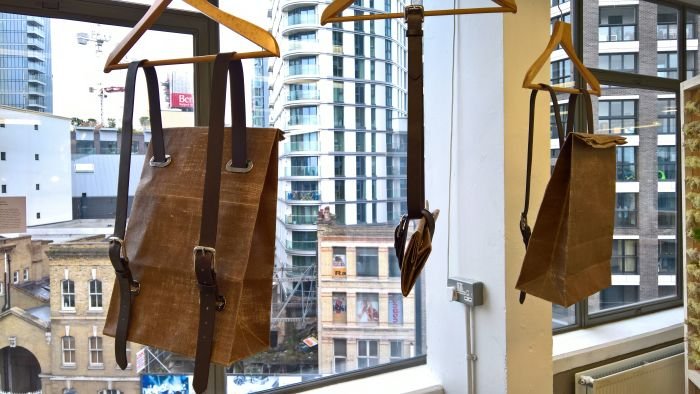The Cass is situated in London's Whitechapel, not far from the East London Mosque and in an area long a centre of London's Muslim community. The day we visited the Cass Summer Show it was Eid al-Fitr, a festival of family, feasts and finery. The narrow streets of Whitechapel awash with smartly attired, good humoured locals, or possibly just smartly attired locals high on sugar, for Eid al-Fitr is also a festival of sweetness at the end of Ramadan.
Cakes and sweets as far as the eye could see. And far, far beyond.
But would we find any bonbons in the Cass Summer Show.......
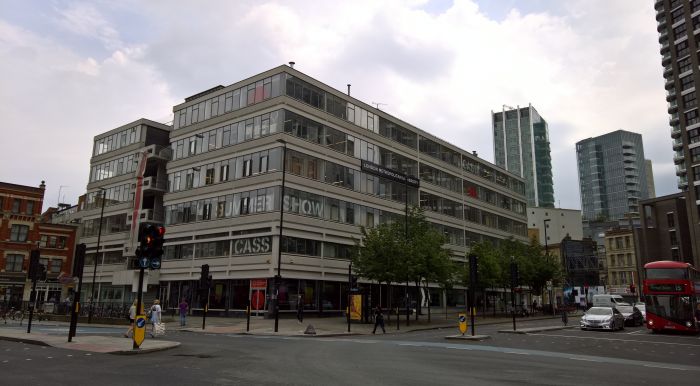
Officially known as the Sir John Cass School of Art, Architecture and Design, the Cass traces it's history back to 1899 and the former Shoreditch Technical Institute, alma mater of Lucien Ercolani, founder of Ercol and Frederick Parker, who, together with Willy Knoll, established Parker Knoll, and thus alma mater of two of the most important protagonists in the post-war English furniture industry.
In 1964 Shoreditch Technical Institute became London College of Furniture, an unequivocal renaming, yet one which hides the fact that it remained very much a general woodcraft based college, for all its musical instrument department being, by all accounts, highly regarded. Furniture however was, logically, a principle focus and among the colleges alumni one finds the likes of Rosario Hurtado & Roberto Feo a.k.a El Ultimo Grito, Terence Woodgate and Michael Marriott.
In 1992 London Furniture College was integrated into the new Guildhall University, before further mergers saw it become the Sir John Cass School of Art, Architecture and Design at London Metropolitan University in 2002.
Offering undergraduate and postgraduate courses across a range of creative disciplines, including fine art, photography, architecture, and furniture design, the defining feature of the Cass is its "Studio" based teaching model. At the start of each academic year the head of each Studio presents their plan for the coming year, the themes they plan to tackle and the approaches they plan to take, and the second and third year students decide which Studio they wish to join. Thereby creating a year long Studio unit who may not necessarily cooperate with one another, but who work together over the course the year and thus exist as an autonomous academic entity within the school.
In context of the Cass Summer Show 2017 our principle foci were the furniture and product design orientated Studios "Prospéct" with Peter Marigold and Chris Emmett and "Work out" with Cathy Stack. But not only, we did look a little further.
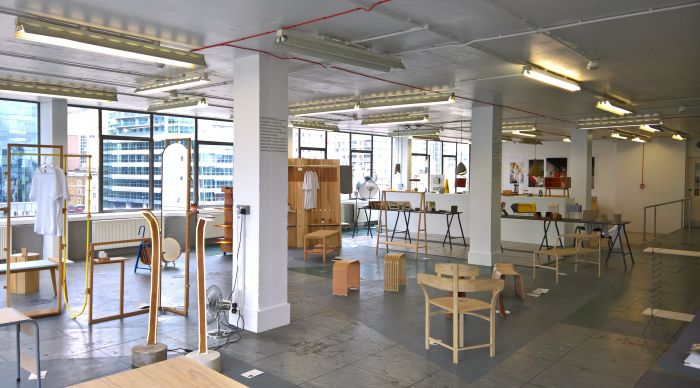
Despite being very much an established East London institution, in their infinite wisdom the powers that be at London Metropolitan University have decreed that the Cass will move to the university's campus in Holloway, North London. Thus the Cass Summer Show 2017 is one of the last to be staged in their Central House base. And the building's interior seemed to reflect this. There being the most deliciously tangible resignation in the air, not in a depressing sense, the sun was shining, it was Eid al-Fitr, all was good with the world, but just the acceptance that its days as a place of industry, discovery, creativity and innovation were almost over. And that it would soon house marketing, consultancy and social media companies.
The works on display, largely, presented a much more positive and hopeful disposition.
And an unapologetic analogueness.
The Cass Summer Show was the first stop on our 2017 #campustour where none of the presented objects involved an app or were otherwise embellished with digital ornamentation. Were all objects that existed for themselves and which could be used without fear that your telephone battery would run out. And were all objects. There being no intangible conceptual or social design projects. Not one felt because they couldn't, but simply because no-one saw the need.
Featuring works from across the colleges departments and studios, numerous projects stood out, whereby, and as ever, and as we will never tire of repeating, with student projects it isn't necessarily the result that is important, but how the student got there, where the started from, how they developed the project, found a path and approached their stated aims. The end result can be a work in progress with as many open issues as it wants. What stands behind it is important.
In which context, and in no particular order.....
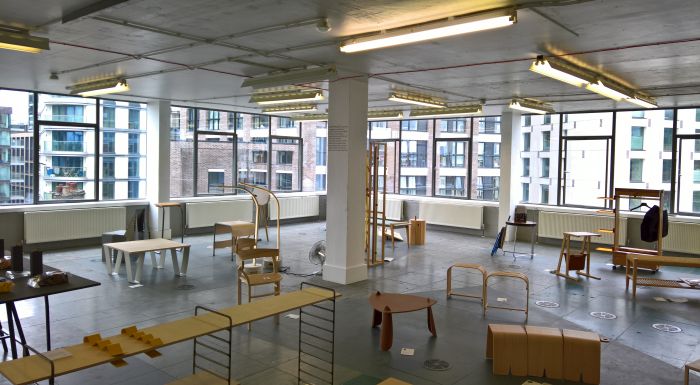
We regularly bemoan the dearth of coffee tables with shelves, but also the under bench shelf has become a rare thing. Regrettably. With his Ray Bench project Pete Stovin elegantly proves just how valuable and relevant the shelf can be. Neatly complementing the Danish cord seat the under seat shelf offers ample space for shoes, slippers or dog leads in a hallway/porch situation, or magazines, slippers and books in a living room/conservatory/home office situation.
And as a neatly proportioned, classical craft object, the Ray Bench has the unassuming self-confidence to allow it to pass effortlessly into all those situations.
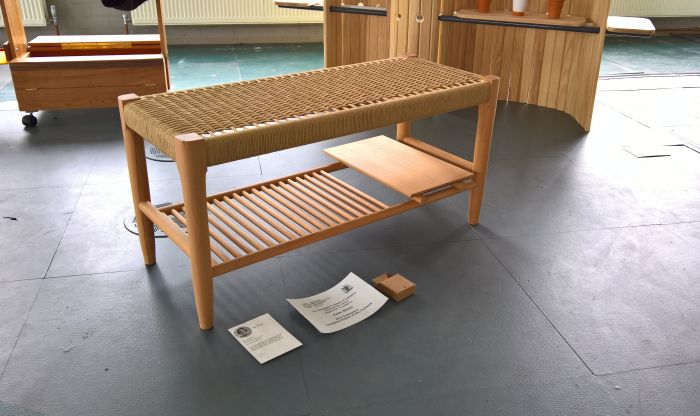
We don't get invitations. It's completely our fault, and to be honest even if we did, we probably wouldn't go. But we do appreciate the art of the invitation and very much appreciate the grace of Ella Merriman's Forget me Notes.
Rather than a paper invitation the waterproof envelope contains forget-me-not seeds, the event and the date are printed on the inside of the flap. The recipient adds earth, waters the whole, and, when all goes well, shorty before the event the blossom reminds you. Forget-you-can't. While at the same time bringing a touch of colour to your living room. And then after the event, and when the blossom has faded, you can add your own seeds, or cress, and thus use it as general flower/herb pot, and reminder of that special occasion.
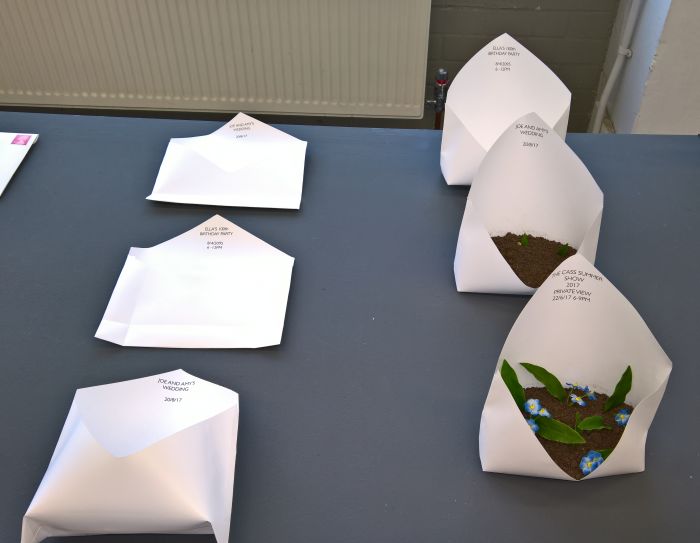
At Central St Martins Graduation Exhibition we noted, disparagingly, that in context of a couple of the projects run in conjunction with commercial partners, the partner, appeared, to receive more benefit than the students. The project "Pasta" organised by Studio Prospéct in conjunction with the Carluccio's Italian restaurant/shop/food chain, is an example of how, for us, such should work.
In effect the project challenged the students to create a new form of pasta. An absolutely ridiculous task given the untold hundreds of perfectly good pasta forms which already exist. But the project wasn't about the pasta. But the form. About challenging the students to develop a form, from scratch, and which had in itself no function. Just a form. And then to justify your form. Explain how you arrived at it.
And as such stands as an abstract brief where the challenges only become apparent once you start, and which thereby helps the students develop not only their understanding of form, and pasta, but for all how they work, which processes and systems help them reach meaningful solutions. Today it's pasta, tomorrow an office chair. As project sponsor Carluccio's have access to the forms and should they decide to use any of them, great. But they didn't enter the agreement expecting to come out of it with a new, exclusive, type of pasta to market to the masses. And that's just the way it should be. In our opinion.
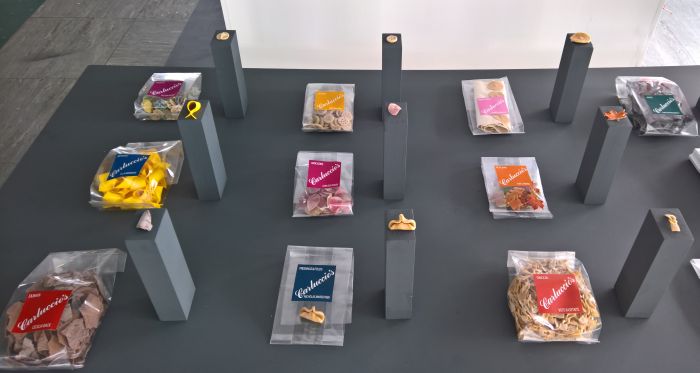
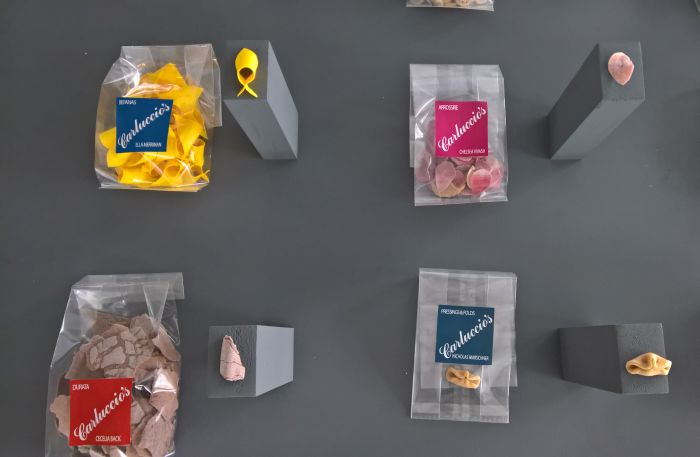
Occasional stools which can be unobtrusively stored when not in use are a well established typology, yet there something very elegant in Moe Redish's solution. In use a stable, if slightly chunky, round stool, when not in use it can be unrolled and hung on the wall. The complimentary hook offering space for several stools
A remarkably simple, remarkably straight forward and remarkably pleasing object. Yes, it chunkiness does limit the number of stools which can be hung on a rack, but for domestic use, hanging in an understair cupboard, absolutely fine. Or Moe could put in on a diet and try to create an object more viable for larger scale public and contract use.
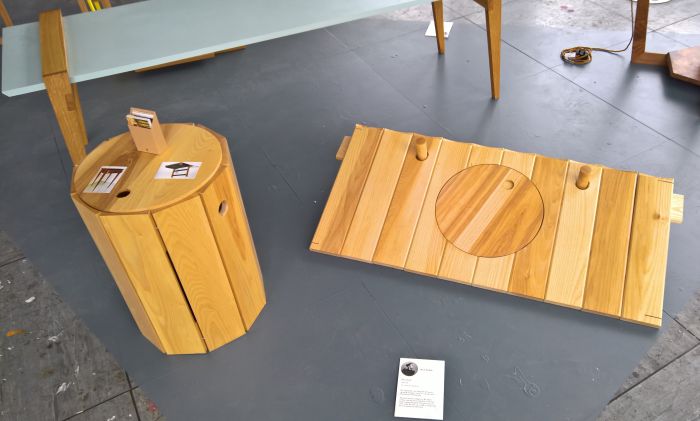
As any fool know, trees grow in cycles, producing their annual rings as they do: earlywood giving way to latewood to earlywood, to latewood to the forester's axe.
For his Latewood Table and Bookshelf project Scott Kelly grit blasted out the softer earlywood to leave just the more compact and stable latewood, and in doing so created the basis of a natural connection. And a most interesting family of objects.
On the hand hand your lightly repulsed by their impression of decay, and also the slight feeling of alarm that Rudolf Steiner might have advised on the project; but on the other your enraptured by their logic, fragility, integrity and brutality. And the way the connections resemble 3D printed connections created via an algorithm which replicates natural growth processes. But are just those natural growth processes.
Our main concern, apart from Steiner, was the stability of the interwoven latewood connection, but Scott assures us that he has filled the bookcase with books. And that it held. And we really see no reason to doubt him.
We're saying it is not a process that is going to be easily reproduced on an industrial scale, but for small series objects and one-offs is certainly a process with potential and one we hope Scott can continue to develop, also formally.
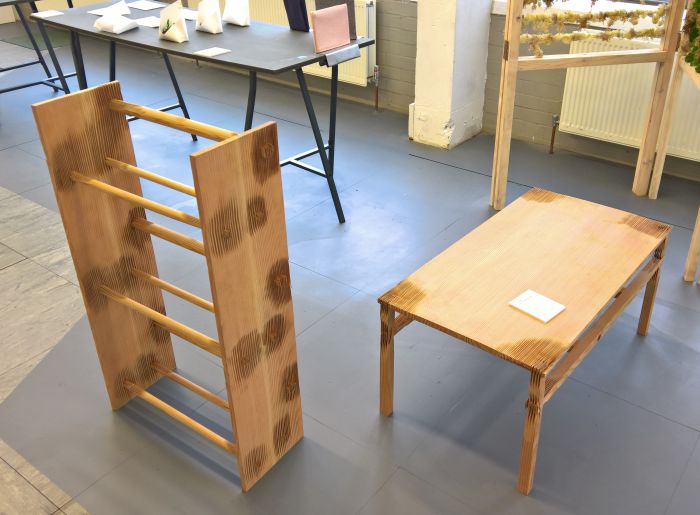
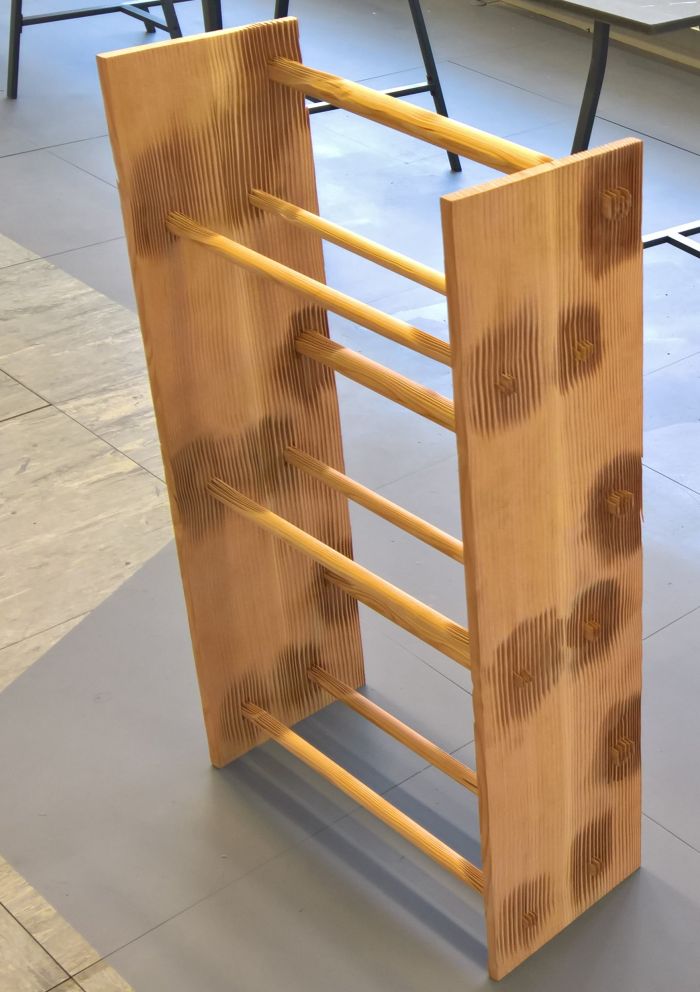
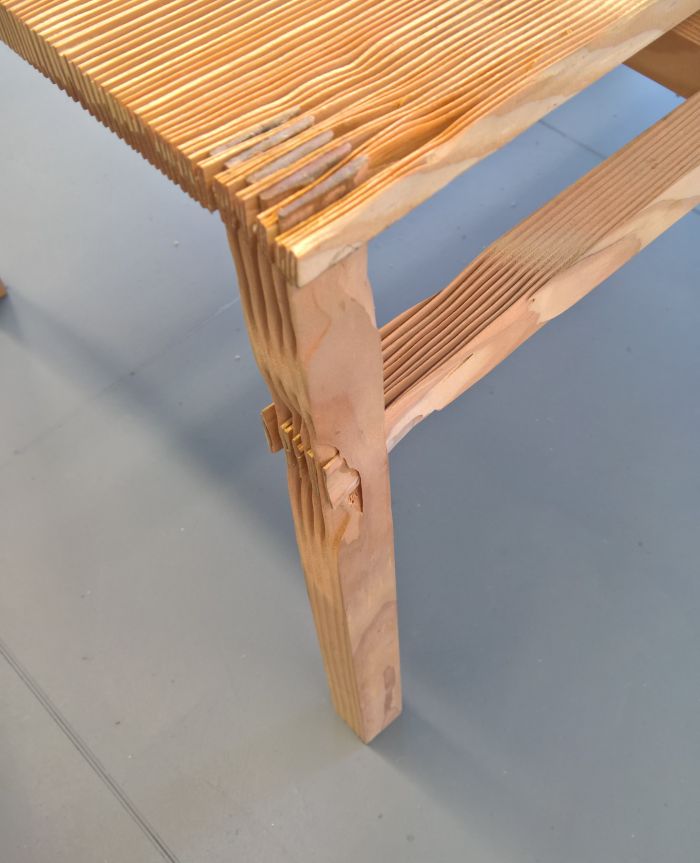
Contemporary communications technology means the telephone table is no longer required. Yet as an object there is something extremely satisfying in the split level table-cum-bench, something extremely satisfying as demonstrated by Samuel Flynn's Steam Bentch. Constructed from ash the gentle swing of the steam bent elevators creates a very logical, coherent and practical split level object. We are, admittedly, less certain about the base, something about it unnerves us, possibly the way the stretchers between the legs imply an instability. But we're not sure. Something. Otherwise a most appealing object.
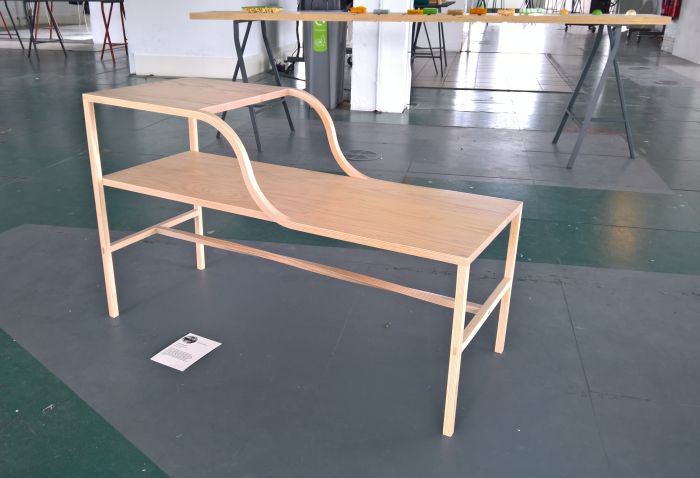
Although when visiting such semester exhibitions we do always visit the architecture departments, we rarely post about them; the projects, generally, being of a sort that makes them difficult to present in a blog of this type without reproducing endless renderings. Which we don't like doing. The Old Kent Road Industry project by the Cass Cities Unit is a nice exception. And, we think, important.
As part of an ongoing project devoted to the area round London's Old Kent Road, the Cass students undertook a survey of those industrial enterprises existing in the area and explored how, if, that industry could be sensibly and logically integrated into future development plans. Urban spaces evolve, always have, always will, it's not something to fear or resist. But is something that needs to occur in an open and honest fashion so that no one group is more disadvantaged than any other. And projects such as that undertaken by the Cass Cities Unit are for us an important component of any urban regeneration discussion. Of ensuring an equitable and sustainable process. And also a nice reminder that architects do more than just design buildings and attend exhibition openings.
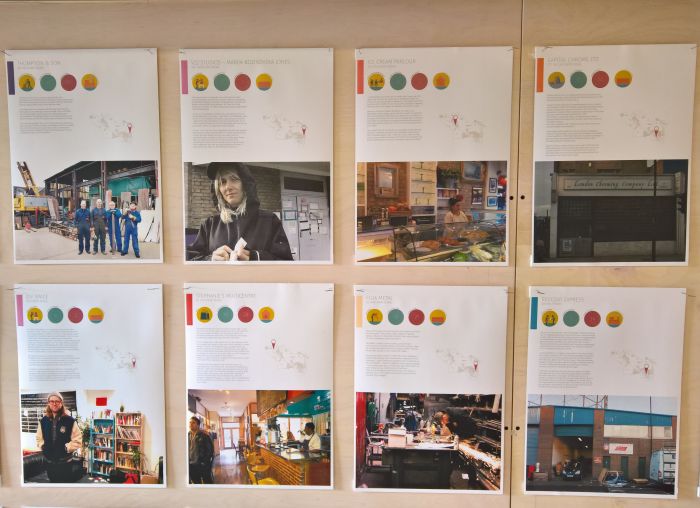
We were going to write that the Not Paper Bags were inspired by the ubiquitous brown paper bag. But that would be a bit of romanticising on our part. The project was inspired by the brown paper bag. But in our contemporary society that is an object more endangered than ubiquitous. And that despite it obvious advantages. Obvious advantages Ella has carried over into her project.
Crafted from laminated wax paper and linen, the Not Paper Bag, as with the Is Paper Bag, has a natural obsolescence, is however intended to last for a good while and through multiple usage scenarios. The leather straps are intended to last, and so when your bag, eventually, gives out, simply send it to recycling and attach a new bag to the leather straps. Thus making it a very endearing "bag for life" concept, and that in a rebelliously unfashionable optic. In addition the conversation about it produced our favourite word of the #campustour thus far: "waterproofish"
Full details on the Cass London can be found at www.londonmet.ac.uk/the-cass
